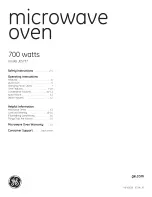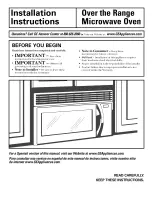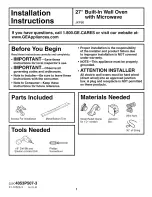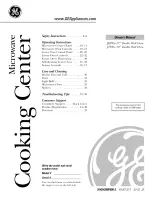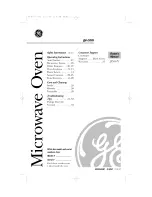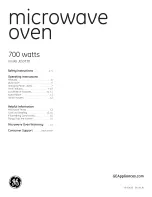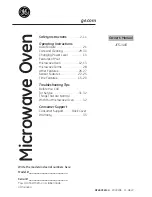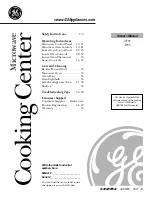
29
In general;
-
Pastry is too dry
– Increase the temperature by 10°C and reduce the cooking time.
-
Pastry dropped
– Use less liquid or lower the temperature by 10°C.
-
Pastry is too dark on top
– Place it on a lower rack, lower the temperature, and increase the
cooking time.
-
Cooked well on the inside but sticky on the outside
– Use less liquid, lower the temperature,
and increase the cooking time.
-
Pastry sticks to the pan
– Grease the pan well and sprinkle it with a dusting of flour or use
greaseproof paper.
Cooking Pizza
For best results when cooking pizza, use th
e “Pizza Mode”
-
Preheat the oven for at least 10 minutes.
-
Use a light aluminium pizza pan, placing it on the grid supplied with the oven.
-
If the dripping pan is used, this will extend the cooking time, making it difficult to get a crispy crust.
-
Do not open the oven door frequently while the pizza is cooking.
-
If the pizza has a lot of toppings (three to four), we recommend you add the mozzarella cheese
on top halfway through the cooking process.
-
When cooking pizza on two racks, use the Level 2 and 4 with a temperature of 220°C and place
the pizzas in the oven after having preheated it for at least 10 minutes.
Cooking Fish and Meat
When cooking white meat, fowl or fish, use temperature setting from 180°C to 200°C.
For red meat that should be well done on the outside while tender and juicy in the inside, it is a good
idea to start with a high temperature setting (200°C
– 220°C) for a short time, then turn the oven
down afterwards.
In general, the larger the roast, the lower the temperature setting.
Place the meat on the centre of the grid and place the dripping pan beneath it to catch the fat. Make
sure that the grid is inserted so that it is in the centre of the oven.
If you would like to increase the amount of heat from below, use the lower rack heights (E.g. Level
1).
For savoury roasts (especially duck and wild game), dress the meat with lard or bacon on the top.
Using Rotisserie
Trim off any excess
pieces of fat hanging from the meat. It is not necessary to remove the fat on the
rest of the meat.
Truss the meat with kitchen twine. Before you cook the meat, it needs to be tied into a plump ball so
it roasts evenly.
Best to fold the meat to make it into this shape. Any loose parts on the meat should also be tied
down so they
don’t fall off as they cook.
Tenderloins and boneless roasts should be rolled into a cylinder shape. Knot a new piece of twine
about every 1 1⁄2 in (3.8 cm) along the roast.
For poultry, pull the wings behind the bird’s back. Wrap a piece of twine around the legs, then pull
the twine all the way around to the wings. Cross over the wings, bringing the twine back around to
tie it to the legs.
After grilling, let the meat rest for 15 minutes before cutting it. Move the meat to a cutting board after
it is done cooking.





















